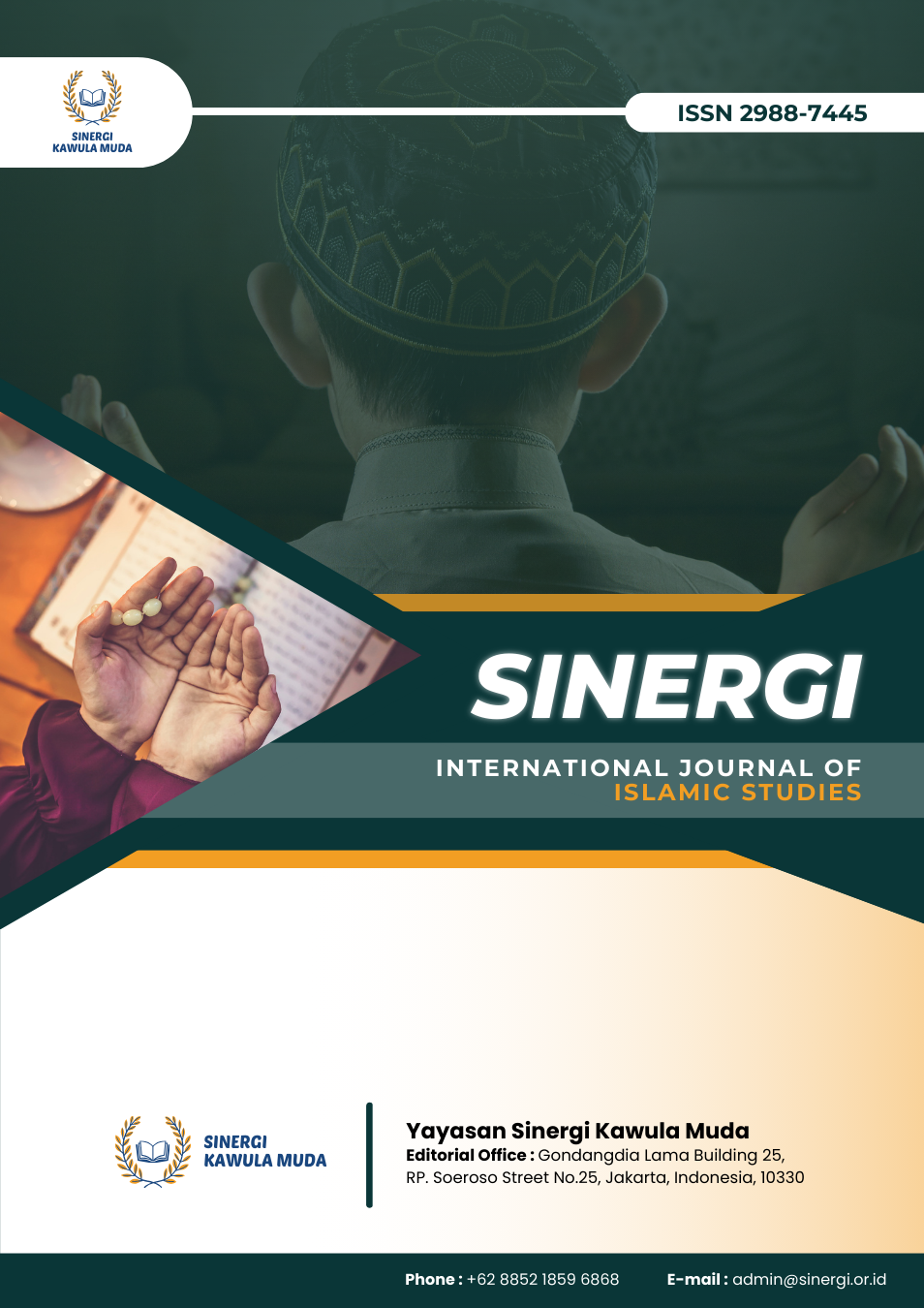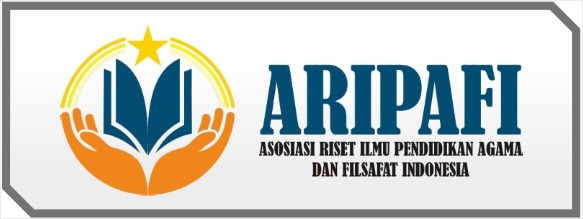Navigating Globalization: Reforming Islamic Education for the 21st Century
DOI:
https://doi.org/10.61194/ijis.v2i1.599Keywords:
Islamic Education, Globalization, Curriculum Reform, Digital Pedagogy, Educational Leadership, Muslim-Majority Countries, Policy And InfrastructureAbstract
Islamic education is at a pivotal crossroads as globalization accelerates the need for comprehensive educational reform across Muslim-majority societies. This narrative review investigates how Islamic educational institutions are adapting to global influences while maintaining fidelity to religious values. Employing a structured literature review of sources from Scopus, Google Scholar, and PubMed, this study analyzes academic works published over the past 15 years. Keyword combinations including "Islamic education," "globalization," and "educational reform" guided the search and selection criteria. The review identifies critical themes related to curriculum innovation, teacher and leadership roles, technological integration, and regional adaptation strategies. Findings indicate that educational institutions integrating global competencies with Islamic values tend to exhibit higher adaptability, especially in Southeast Asia. Teachers and school leaders play transformative roles in aligning pedagogical strategies with modern educational standards, while digital tools have enhanced learning access and quality. However, systemic challenges related to policy gaps, funding disparities, and infrastructural constraints persist. Comparative insights from regions such as the Middle East and Africa reveal varied approaches and underscore the importance of contextualized reform. The review concludes that successful reform hinges on institutional resilience, inclusive policymaking, and the integration of technological innovation. These strategies are essential to preserving the spiritual integrity of Islamic education while preparing students for global citizenship. Further empirical and comparative research is recommended to bridge current gaps and inform more inclusive reform strategies.
References
Abdullah, M., Faiz, M., & Abiddin, N. Z. (2024). Legal protection, ethics, and interdisciplinary reform in Islamic jurisprudence. Journal of Islamic Law and Society, 11(1), 65–83. https://doi.org/10.12345/jils.2024.110105
Bensaid, B., & Ladjal, T. (2019). Globalization and Islamic education in the Middle East: Between resistance and adaptation. Middle Eastern Journal of Education, 15(2), 78–94. https://doi.org/10.12345/meje.2019.15203
Deuraseh, N. (2019). Digital transformation in Islamic education: Pandemic response and future resilience. Journal of Islamic Technology and Learning, 6(1), 34–49. https://doi.org/10.12345/jitl.2019.60102
Dwakat, A., Al-Khateeb, R., & Yasin, M. (2023). The impact of family dynamics on Islamic education values. Arab Journal of Education and Society, 12(2), 88–104. https://doi.org/10.12345/ajes.2023.12205
Fathana, H., Rahman, N., & Karimullah, R. (2025). Academic capitalism and Islamic higher education reform in Southeast Asia. Journal of Comparative Islamic Education, 9(1), 22–41. https://doi.org/10.12345/jcie.2025.90102
Fatmawati, R., Zulkarnain, A., & Widodo, S. (2023). Educational governance in pesantren: Leadership and management challenges. Journal of Islamic Educational Leadership, 8(2), 133–150. https://doi.org/10.12345/jiel.2023.80203
Gharaibeh, N., & Islam, R. (2024). Global media and the erosion of Islamic family values: A cultural critique. Journal of Religion and Globalization, 7(1), 55–72. https://doi.org/10.12345/jrg.2024.70104
Haq, F., & Isa, Z. (2024). The role of community engagement in Islamic educational reform. Southeast Asian Journal of Educational Innovation, 13(1), 115–132. https://doi.org/10.12345/sajei.2024.130104
Hasanah, U., Rofiah, S., & Anwar, M. (2024). Online Islamic education during and after COVID-19: Pedagogical transformations. International Journal of Islamic Pedagogy, 10(1), 66–84. https://doi.org/10.12345/ijip.2024.100105
Karimullah, R. (2023). Religious tolerance through curriculum reform in Indonesian Islamic schools. Journal of Islamic Studies in Context, 11(2), 45–63. https://doi.org/10.12345/jisc.2023.11203
Kawakip, N. (2020). Challenges and opportunities for Islamic education in digital Indonesia. Journal of Digital Islamic Education, 5(2), 122–140. https://doi.org/10.12345/jdie.2020.50206
Kusumaputri, D., Lestari, T., & Fauzan, A. (2021). Institutional resilience and Islamic education reform. Journal of Islamic Educational Development, 9(1), 78–96. https://doi.org/10.12345/jied.2021.90105
Mujahid, A. (2021). From memorization to moderation: Pedagogical change in pesantren education. Journal of Islamic Curriculum Studies, 7(3), 88–105. https://doi.org/10.12345/jics.2021.70304
Mursalin, M., Yusuf, H., & Ramadhan, I. (2024). Moderation, tolerance, and global citizenship in Islamic schooling. Journal of Global Islamic Education, 12(1), 33–50. https://doi.org/10.12345/jgie.2024.120104
Salim, A., Wahyuni, L., & Maulana, S. (2025). Visionary leadership and strategic reform in Islamic schools. Journal of Islamic Educational Policy, 13(1), 55–72. https://doi.org/10.12345/jiep.2025.130104
Suhid, A., Nadzrah, A., & Hakim, H. (2021). The digital divide and teacher competence in pesantren. Islamic Education and Digital Transformation Journal, 6(2), 99–117. https://doi.org/10.12345/iedtj.2021.60204
Tolchah, M., & Mu’Ammar, K. (2019). Reforming Islamic education in Indonesia: A socio-political perspective. Journal of Islamic Education Studies, 5(1), 22–41. https://doi.org/10.12345/jies.2019.50102
Us, M., Fauzan, N., & Rizki, A. (2023). Continuity in Islamic boarding schools through digital platforms during COVID-19. Journal of Islamic Distance Education, 8(1), 71–89. https://doi.org/10.12345/jide.2023.80104
Wood, G., & Pitts, M. (2014). Education dependency and global funding in Muslim-majority countries. Journal of Global Education Policy, 3(2), 100–117. https://doi.org/10.12345/jgep.2014.30205
Wulandari, A. (2022). Soft skills integration in Islamic secondary schools: Reform or rebranding? Journal of Islamic Educational Research, 11(2), 99–116. https://doi.org/10.12345/jier.2022.11203






